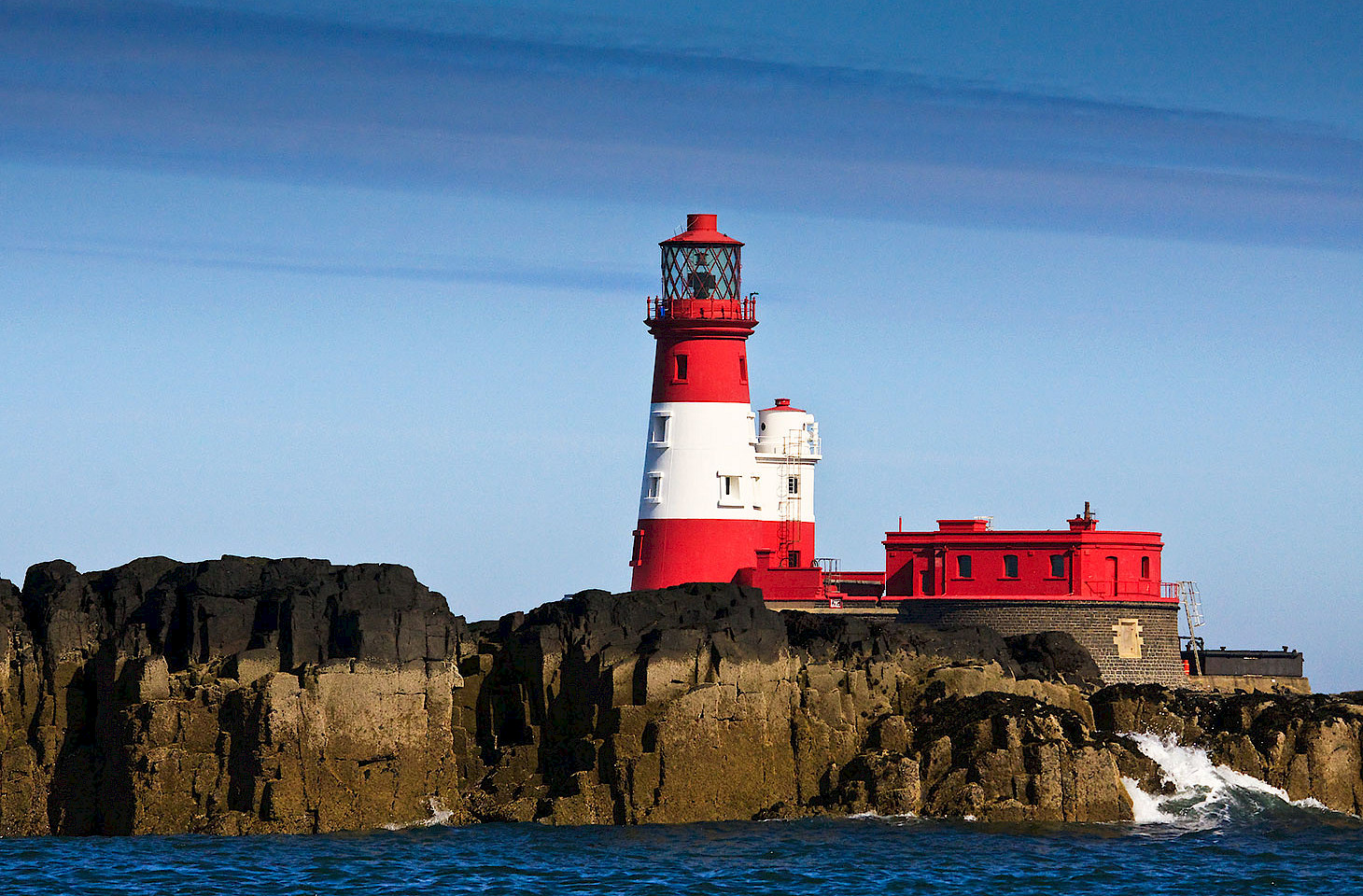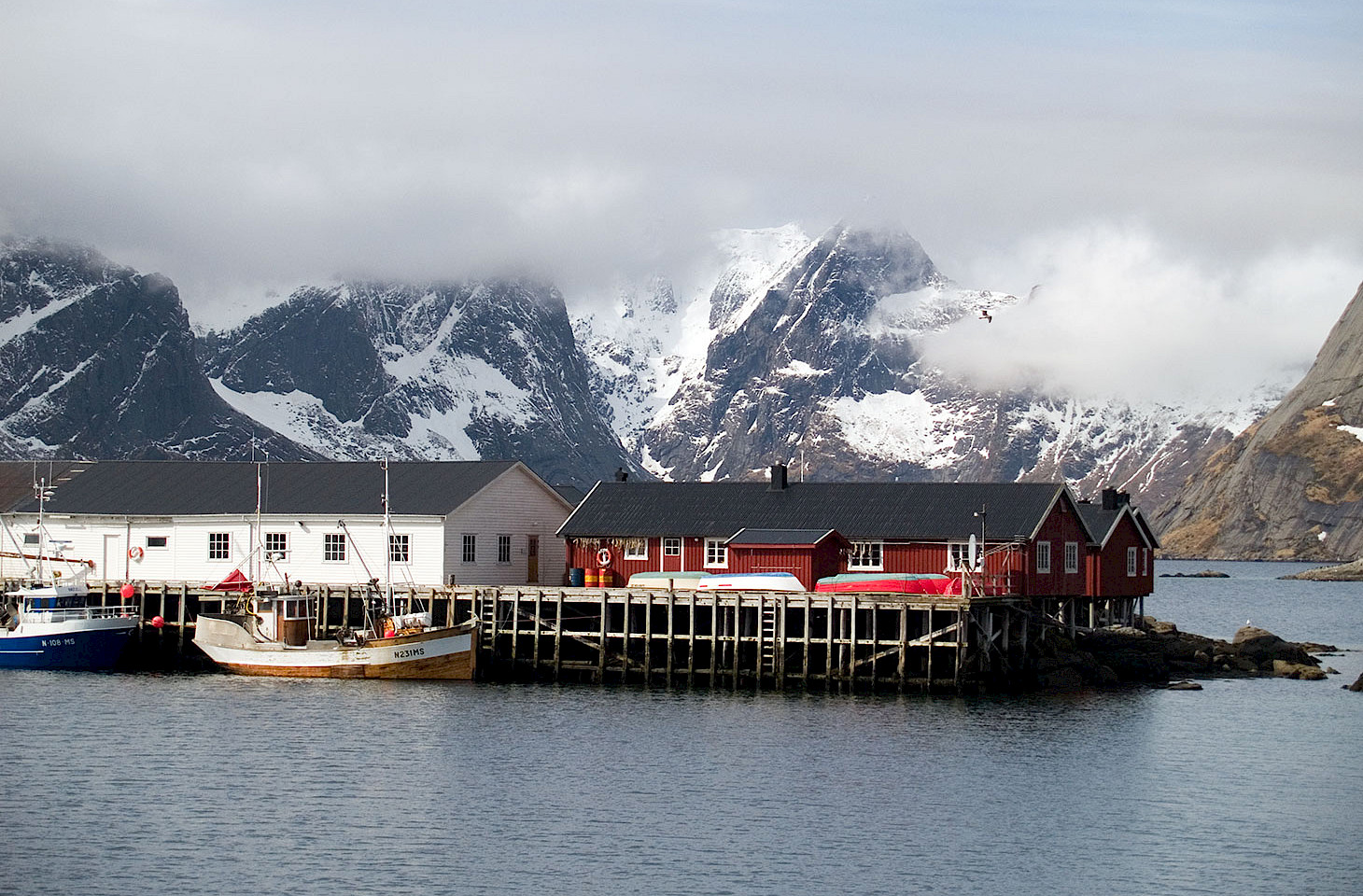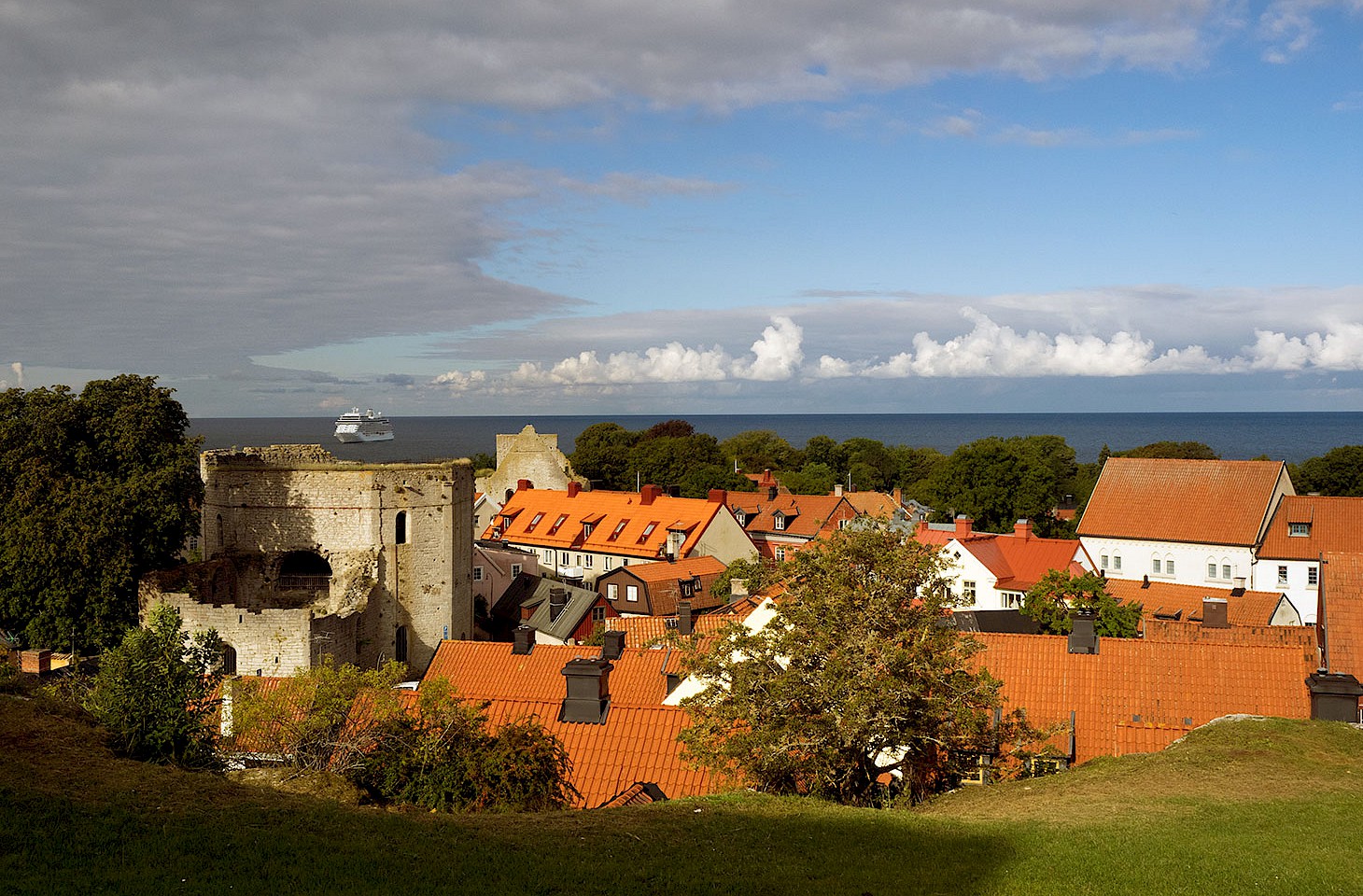It is a mark of the plight of modern Greece that no shipping line still serves Monemvasía. The Flying Dolphin hydrofoil, which used to speed from the Athenian port of Piraeus to Monemvasía in little more than three hours, has long since cut the island fortress from its schedules. The consolation prize was that, for some years after the hydrofoil was axed, a ferry linking Piraeus with Kissamos in north-west Crete still made a twiceweekly call at Monemvasía. But not in 2014. So it is that a community which was for so long defined by the sea is now bereft of maritime links.
The great rock of Monemvasía is one of the wonders of the Peloponnese. Tethered to the far eastern shore of Laconia, it has rightly been dubbed the Greek Gibraltar. First impressions are of a barren and forbidding place, so much so that it seems hardly possible that the island was once one of the most important Byzantine ports and trading centres. Yes, Monemvasía once had more than 40,000 inhabitants. Fourteen centuries of continuous occupation have all left their mark and, although few people live there today, the island’s time-battered fabric bears witness to a unique history.
It is little wonder that Monemvasía has always tantalised those approaching it. The Cretan writer Nikos Kazantzakis, author of Zorba the Greek, compared Monemvasía to a monstrous anvil. This shorn off mass of limestone is evidence of the violent tectonic upheavals which have shaped this part of Greece from Mount Párnon down to Cape Maléas. Once a promontory, Monemvasía became an islet after being partially submerged by a powerful earthquake in 375ad. It was later reconnected to the mainland by a man-made bridge, the moni emvasis (single entrance) after which it is named.
From the coast Monemvasía appears deserted bar some jagged ruins on its crest and a cluster of more recent structures on its shoreline. Only by crossing the bridge and rounding the rock to the south do the three key features emerge: a walled Lower Town at the foot of the cliffs, with an extensive Upper Town on the plateau above, crowned by a Citadel.
The God-guarded castle
According to the Greek geographer Pausanias it was the Minoans of Crete who first settled Monemvasía with commerce in mind — the rock overlooks the sea lane between the Bosphorus and the West — although no archaeologist has ever proved this. What is definite is that in the late 6th century the present town was founded by the Byzantine Emperor Maurice.
Like Venice in its lagoon, Monemvasía’s natural defences made independent-minded people of its earliest inhabitants. The community quickly gained the status rank of metropolis — the Greek equivalent of an Italian mediaeval republic. By the 10th century it had grown into a significant Byzantine naval and commercial base. But whilst the Greek-speaking emperors in far-off Constantinople liked to call the rock their “Godguarded castle” in reality they retained loyalty from the Monemvasiótes through the granting of privileges. Uniquely for a city in the Byzantine Empire, Monemvasía managed thus to preserve its institutions of municipal autonomy and self-government.
The Byzantine era was a golden one for Monemvasía, its greatest architectural legacy being the rock’s tripartite division into Lower Town, Upper Town and Citadel. Although much fabric has subsequently been reworked, the years have done little to diminish this original layout. The modern visitor still enters the Lower Town through the sturdy West Gate, which gives access onto the narrow main street, the cobbled mesi odos of the Byzantines. It is still the main commercial thoroughfare today although its kiosk-like shops now sell tourist souvenirs instead of saddles and muskets.
The Byzantine era was a golden one for Monemvasía, its greatest architectural legacy being the rock’s tripartite division into Lower Town, Upper Town and Citadel.
At right angles to the main street are steep side streets, where Monemvasía’s merchants, sailors, builders and artisans once lived. One of these runs down from the central square to a small sea gate (portello), where the Aegean laps at the mighty stone ramparts. Here it is easy to appreciate the city’s renown for impregnability.
Following the same street back uphill reveals the zigzag path which climbs up steeply into the Upper Town. This was the rock’s administrative centre where the nobility built their multistoreyed homes, although all are now ruined and no one has lived here since 1911. Only the curtain walls and gates are still standing, as well as several barrel-vaulted cisterns for collecting rainwater — the latter were vital to Monemvasía, for the island’s springs are all brackish.
The Upper Town has a striking 12th-century church. The octagonal, domed Church of Hagía Sophía (Holy Wisdom) clings like a limpet to the edge of the northern cliffs. Once inside, it is easy to forget the foaming sea directly below. Finally, at the highest point of the Upper Town is the Citadel, a Byzantine fortress-within-a-fortress and last refuge should the rest of the city fall.
Sweet malmsey wine
The status quo in Greece changed dramatically with the Fourth Crusade (1202–1204). After sacking Constantinople, the crusaders of western Europe divided Byzantine territory in Greece among themselves. The Peloponnese region became the Frankish Principality of Achaia.
For William II of Villehardouin, the ruler of Achaia, Monemvasía’s continued loyalty to Byzantium was a problem. So he laid siege to the rock for three long years using ships loaned from the Venetians. Eventually in 1248 its starving nobles surrendered — but only in return for the retention of their privileges. Over the following years, the Frankish and Byzantine leaders tussled over Monemvasía. Only in 1261 was the issue settled when the Franks conceded that the island should revert to Byzantium as part of a ransom agreement to secure the release of King William II who had, two years earlier, been captured at the Battle of Pelagonia.
As the Byzantine Empire’s sole port in the Peloponnese region, Monemvasía was favoured with trading privileges and tax exemptions. In return, the Monemvasiótes re-manned the Byzantine fleet and developed commercial relations in the Mediterranean and Black Sea. Chief amongst their exports was sweet Malvasia wine. The name is probably a corruption of Monemvasía. But the English stumbled over the name, which in time was corrupted to malmsey. It was shipped there in butts big enough to drown in as demonstrated by the fate of the Duke of Clarence in Shakespeare’s Richard III.
Trade in wine and other goods brought a measure of wealth to Monemvasía, reflected in the construction of about 30 new churches, the tumble-down remains of which still punctuate the Lower and Upper Towns.
The mid 15th century saw a further reordering of affairs in the region. Constantinople fell to the Ottomans in 1453, but the canny Monemvasiótes bluffed Sultan Mehmed II into not attacking their island home. Aware that it was only a matter of time before the Ottomans pounced on Monemvasía, however, they began looking for outside support. In 1463 after flirting variously with a Catalan pirate and Pope Pius II they turned to their old enemies, the Venetians, for whom Monemvasía would be a useful naval base.
The Venetians dispatched a governor (podestà) and a garrison to strengthen the walls, taking care to reassure the nobles of Monemvasía that Venice would honour the privileges which they had enjoyed for so long under Byzantium. Monemvasía continued to prosper but ongoing wars with the Ottomans took their toll. Precious arable land was laid to waste, and vineyards were less well tended. It is a local reminder that Venice herself was in decline.
The violet fortress
In 1540, the combined forces of Venice, Charles V and the Pope were defeated by Suleiman the Magnificent at Préveza. The rock was handed over to the Turks who arrived in autumn to find Monemvasía’s Upper Town blanketed in cyclamen — a sight so striking that they dubbed their new acquisition Menekşe Kalesi — ‘the violet fortress’.
For the next 300 years control of Monemvasía alternated between the Venetians and the Ottomans. Under the Turks many Monemvasiótes were allowed to move peacefully with their church bells and precious vine stocks to Venetian-held parts of the Mediterranean. When the Venetians returned briefly to the Peloponnese region in 1690 they repopulated Monemvasía with Cretans, Albanians and the families that had left in 1540. Following the Ottomans’ return in 1715, however, the Monemvasiótes were punished and many were dispatched to Constantinople as slaves.
Both Venetians and Ottomans reworked Monemvasía’s city walls to take into account improvements in artillery. The Venetians also connected the rock to the mainland with a fourteenarched bridge. Both also retained the main street in the Lower Town as their commercial hub: the Venetian foros and the Turkish pazari. In domestic architecture they differed. The Venetians built houses with distinctive chimney stacks, as well as arched passageways ( diavatika) enabling roads to pass through rather than around buildings, which was especially useful in the cramped Lower Town. They also erected the Bishop’s Residence in the Lower Town’s central square with a marble Lion of St. Mark over its door. By contrast the Ottomans left behind several domed Turkish bathhouses (hammams). Wandering the streets of Monemvasía today, the visitor can see the results of this architecture tussle — both sides left a clear imprint on the townscape.
When it came to places of worship, the Venetians and Ottomans also favoured different approaches. The Venetians enlarged many existing churches, including the Church of Elkómenos Christós (Christ Bound) in the central square. It was probably founded in the 6th or 7th century; the Venetians added the dome and narthex in 1697. Although the Byzantine emperors carried off most of its treasures, the church still retains remarkable early sculptures embedded in its walls and a sublime 14th-century icon of the Crucifixion. The original wooden iconostasis has been moved to the nearby Church of Panagía Myrtidiótissa (Our Lady of the Myrtle), which is Monemvasía’s finest example of the Italo-Byzantine style.
For their part, the Ottomans converted existing churches into mosques, most notably the Church of Hagía Sophía in the Upper Town, where they installed a prayer niche ( mihrab) facing Mecca. Back in the Lower Town’s central square the building that now houses the Archaeological Collection was built as a mosque and used later as a prison and coffee house.
Detail of the iconostasis of the Church of Panagía Myrtidiótissa in Monemvasia’s Lower Town (photo © Duncan JD Smith).
The rock reborn
In 1770 the Greeks of the Peloponnese region rose up against the Ottomans at the instigation of Count Alexei Orlov (1737–1808), commander of a Russian naval expedition to the Mediterranean during the Russo-Turkish War. Although the uprising was disastrous, the Orlov Revolt was a precursor to the War of Independence. In July 1821, after a bitter four-month siege, Monemvasía became the first fortress in the Peloponnese to be liberated from the Ottomans by the Greeks.
But this time no Golden Age ensued. Monemvasía’s commercial importance had long been in decline and by the early 20th century many of its residents had been lured by the promise of modern amenities to the newly built village of Géfyra on the mainland. Few remained in April 1941 when allied troops passed this way during their evacuation of mainland Greece.
Like Monemvasía’s visitors, most people working in the Lower Town do not live there. Shop workers, masons and service staff alike arrive by foot or by mule and depart the same way, since cars are only allowed as far as the West Gate.
These days the forsaken Upper Town is an archaeological site, where no new building is allowed. The living occupy the Lower Town reached by a causeway built in 1971 to replace the old Venetian bridge. Here the Greek Archaeological Service permits only the most scrupulous restoration of the old buildings. This has been ongoing since the late 1960s under the aegis of Alexander and Haris Kalligas, a husband and wife team of architects. Together they have worked on more than 80 houses, which now serve as restaurants, shops and boutique hotels. There are also holiday homes for well-to-do Athenians, who bemoan the withdrawal of the direct ferry from Piraeus.
The sensitive restoration efforts in the Lower Town were acknowledged in 1981 with an award from the Europa Nostra heritage organisation.
Like Monemvasía’s visitors, most people working today in the Kástro (as locals call the Lower Town) do not live there. Shop workers, masons and service staff alike arrive by foot or by mule and depart the same way, since cars are only allowed as far as the West Gate.
Life within the walls has its own rhythm. Few of the tourists who come by day stay overnight — although there are a handful of small hotels. Monemvasía has just 14 permanent residents. But with talk of newborns in the air, and even a recent revival in Malvasia wine production, it looks like there will be Monemvasiótes living on the rock for some time yet.




